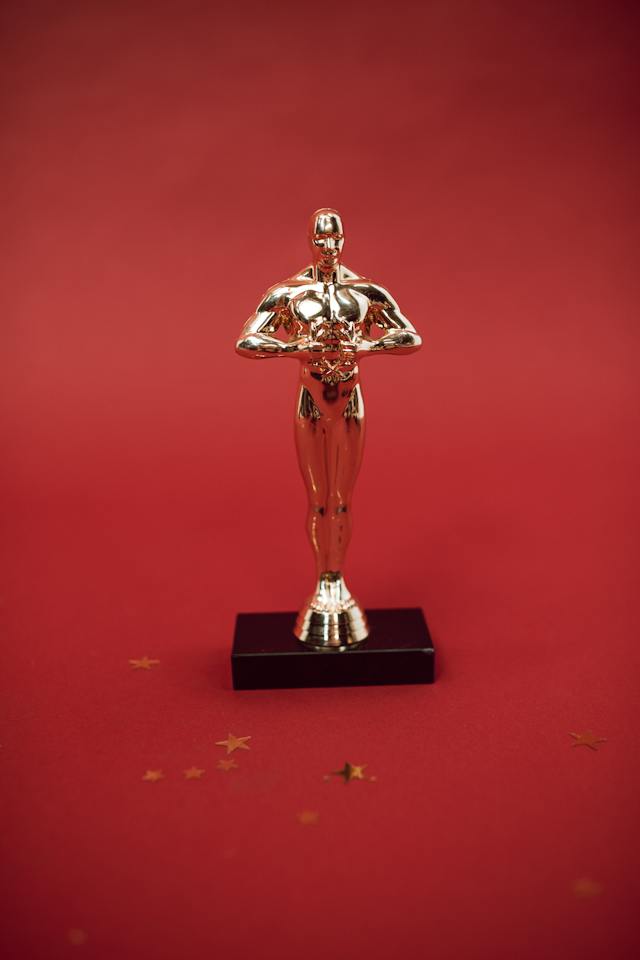Like many other things, the Academy Awards, aka Oscars, has evolved over time. The changes in its set of categories reflect the continual changes in the techniques and trends in filmmaking, from the silent film era up to the millennium.
As a result of the ever-changing film landscape, a lot of Oscar categories have been removed, discontinued and rendered defunct. Here are some of them:
1) Academy Juvenile Award
This category occasionally appeared from 1934 to 1960 as the Academy saw it fit to recognize genuinely remarkable performances by child and adolescent actors and actresses. Unlike in other Oscar competitive categories at the time, the decision to present the award to the winners didn’t depend on the general voting base but rather on the select committee.
Among the most notable winners of this included Shirley Temple, Mickey Rooney, Hayley Mills, and Judy Garland.
2) Best Title Writing
Some of the discontinued Oscar categories are obvious relics of the past. By the time this category first appeared, silent films were on their way out, paving the road for the then-novel sound films, aka “talkies.”
The first and only film to win this category was Wings, which was also the only silent film to win the Best Picture award.
The arrival of the talkies effectively rendered the inter-title screens depicting every scene in the film obsolete. As a result, the category promptly lost its relevance.
3) Best Dance Direction
This category made perfect sense when male dancers in tuxes and leading ladies in tap shoes and sequins dominated the early American filmdom. Many studios would forgo plots in favor of these vast, lengthy, and spectacular dance numbers. Those numbers were hard to direct, and so dance directors, aka choreographers, had Oscars of their own.
It was a short-lived category (1935-1937) and was eventually scrapped by the Directors Guild of America after it had decided that the word “direction” should only be applied to the overall direction of the film instead of choreographing its dance numbers.
4) Best Comedy Direction
This category sought to properly recognize the direction of comic films. It appeared only once in the first Oscar ceremonies in 1929, and the winner of this category went to Lewis Milestone for Two Arabian Nights. After that, the Academy decided that directors of either comedy or dramatic films be eligible for the Best Director category.
5) Best Unique and Artistic Quality of Production
Having a category recognizing the overall “good feeling” of a film was just too vague or similar to the Best Picture category. The category only appeared once, with the winner being F. W. Murnau’s Sunrise: A Song of Two Humans in the inaugural Oscar ceremonies in 1929, before it was removed.
6) Best Engineering Effects
This category only appeared once and was awarded to Wings during the inaugural Oscar ceremonies in 1929. It was the predecessor to today’s more general Best Special Effects category, which was subsequently renamed to Best Special Visual Effects, and then in today’s version, simply Best Visual Effects.
7) Best Assistant Director
Unlike other discontinued Oscar categories, the Best Assistant Director category has a lot of film industry people (particularly assistant directors) and fans clamoring for its return. It’s rightfully so, especially since their responsibilities have increased in importance over the years considering the way filmmaking has expanded in terms of production and technicality. This category lasted from 1933 to 1937, and in its first year of appearance, it was awarded to seven assistant directors from seven different film studios. Robert Webb was the final winner for his work in In Old Chicago.

